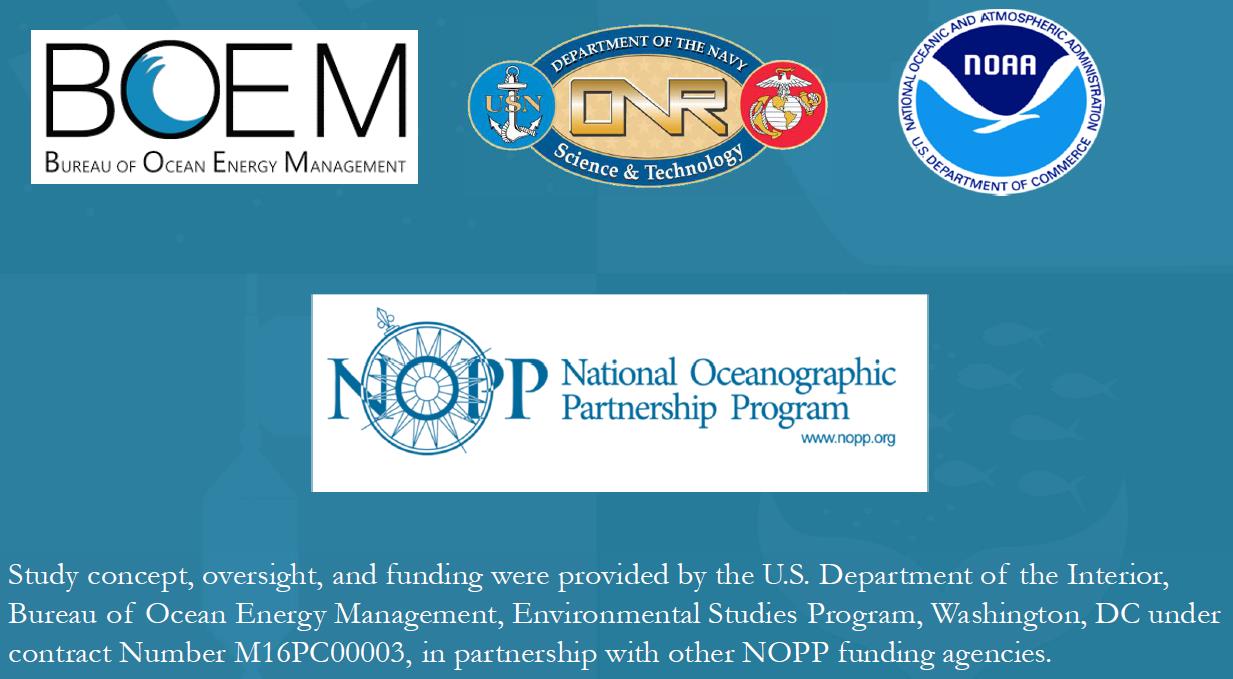Brandyn Lucca, Blog 16 June 2018
Tonight was pretty uneventful for night shift since we decided to only do acoustic surveys and save tomorrow night for possibly more than one IKMT net tow (maybe a deep one!). Alongside catching really cool animals, we also collect a lot of additional data that provides more information about each animal we catch. “Metadata”, such as GPS coordinates, time of day/night, and sea state are important to consider since some animals may only be present in certain conditions. One of the most important data parameters for our net tows is depth because 1) we would rather avoid running the net into the bottom of the ocean and 2) animals have different pressure tolerances (remember: pressure increases with depth!). Since our net does not have a sensor built into it that provides real-time depth information, we have to attach our own to the frame to capture these data after-the-fact.
This temperature-depth (TD) sensor allows us to see what the temperature and pressure (and therefore depth) of the net when we sampled. This gives us an idea about the range of depths the animals we find in our cod-ends could have been caught at along with the sea water temperature.

|

|


